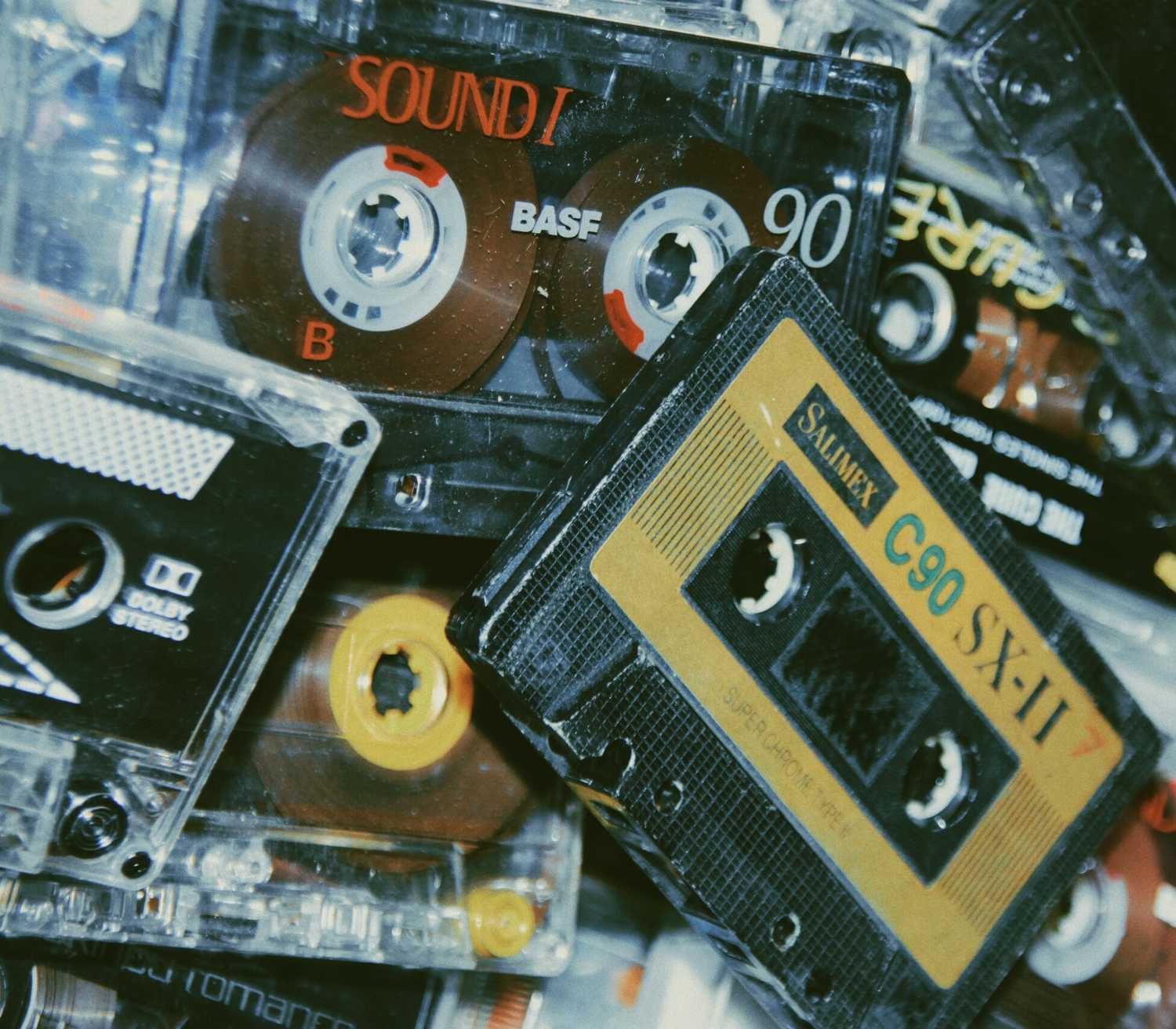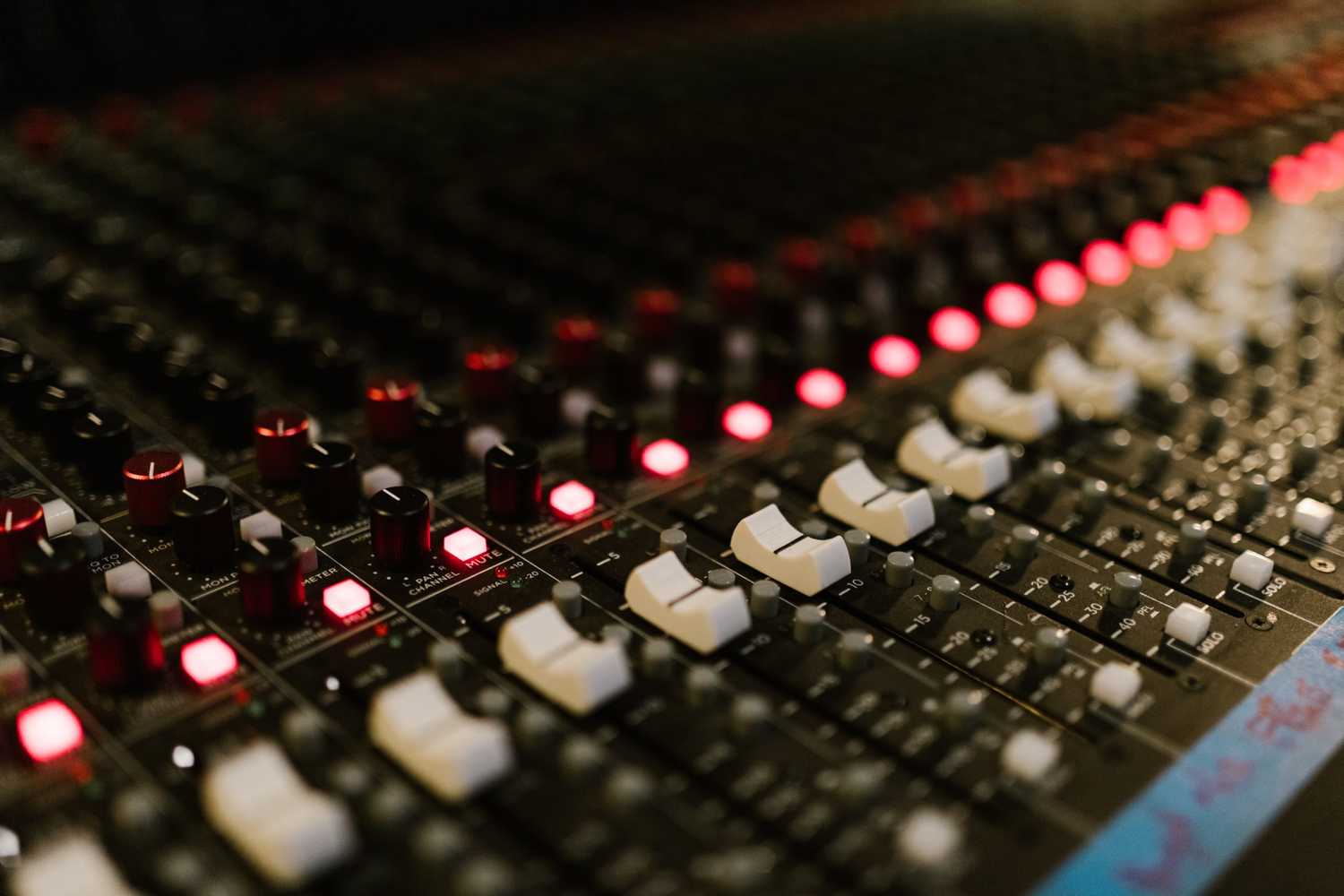has been added to your cart.

The Do’s and Dont’s of Demo Submissions
In today’s article, we will discuss our top do’s and don’ts when it comes to approaching A&R’s and label bosses; along with a few tips and tricks to hopefully help you land a single or two on your favourite label.
The world of demo submission can be incredibly frustrating for up-and-comers of the dance music community. For many, producing and printing a demo is easy, but sending it to a well-established, professionally functioning record label, can be a daunting and uncertain process.
Nowadays, there’s an incomprehensible number of producers trying to get their demos heard, so how can you be sure that your demo won’t get lost in the mix?
In today’s article, we will discuss our top do’s and don’ts when it comes to approaching A&R’s and label bosses; along with a few tips and tricks to hopefully help you land a single or two on your favourite label.
DON’T
Tell the A&R that your demo is a work in progress
You need to set a level where you think the track is 95% there, bar minor tweaks. If it’s pre-mixdown, fair enough, but ultimately the label needs to know that you have finishing power. Make the track as good as you can possibly make it and then send it out to the label.
Send bulk emails to a large list of label contacts
Ever. Especially when they are all on cc. Even if you create an exceptionally well-punctuated email with all the essential information, written in the most seductive manor you possibly can – you’re just going to upset everyone on the email chain.
Imagine sending a carefully crafted love letter to an extended list of lovers that you wish to hedge your bets with. Hopefully one will give you a response, right?
One way to make them feel really special is to cc them all on one email…
Naaaaaaat! That wouldn’t get you very far at all would it?
Send multiple demos at once
Sending more than one or two demos at once is often a sure-fire way to get your demos overlooked, or equally not listened to as carefully as they otherwise would be.
The rules are simple, send your best demo and let the A&R know you have plenty more for their consideration if they would like to take a listen. If you get a response – great – if you don’t, wait a week and send a different one.
Write too much copy in your email
Simplicity is key – it provokes a sense of mystery which is always an alluring trait. It’s quite common that up-and-coming artists feel as though they need to prove themselves over email and in doing that they need to include their entire life story in the body of their message.
Don’t do it!
The music should speak for itself. All you need to focus on is making you and your music look as good you can. Make an effort to portray yourself as an established artist and you will most-certainly be taken seriously. Utilising your story writing skills to formulate an unnecessarily large email will make you seem a little overbearing.
DO
Show signs of creativity when it comes to visually representing your work
Having a strong visual identity associated to your name will undoubtedly help you stand out from the crowd.
Ultimately, it’s the music that does the talking, but visually pleasing imagery that helps build a sense of branding will give insight into how you identify yourself, before even listening to the demo.
If your identity chimes with the A&R’s creativity, they will more often than not mentally prepare themselves to enjoy the demo before hearing it.
Send Soundcloud links
The best way to communicate your record with a label, is to send a clear and easy link to a website which has streaming functionality. Soundcloud is just fine. Downloading and deleting endless demos sent via WeTransfer, is most certainly on the bottom of any A&R’s to do list.
Detail your successes
If you’re already semi-established as an artist or have recently picked up support from some A-list DJ’s on your demo – then mention it in your pitch! If you’ve released on a label or two that they might know about, then let them know! Keep it minimal but definitely don’t undersell yourself.
Your Research
It’s likely that you may have never been in contact with the A&R of the record labels you want to send music to. That is exactly why you need to make an excellent first impression when you get around to sending off your first demo.
But before all of this, one of the most important things you absolutely HAVE to do, is research the label and ask yourself ‘does my demo sound like anything else on the label’ if yes, write the email, if no, move on.
Conclusion
The current landscape of demo submission is brutal. With so many hungry producers each year bringing their music to the table, it’s easy to believe that there may well be a few hurdles to overcome before you outsmart the rest. But don’t ever be discouraged by that. As long as the quality of your music is good, then plenty of opportunities will come your way; even if you have no profile – the key is perseverance.
There’s no real blueprint to persuading record labels to release your music, but an intelligent, well-studied approach with a good professional attitude, will most certainly get you a long way. With a little determination you may well end up getting your demo signed by your favourite label.
Login
X
